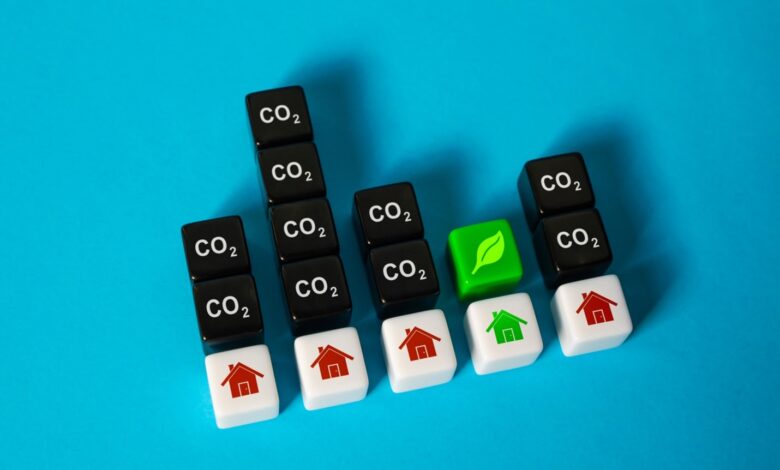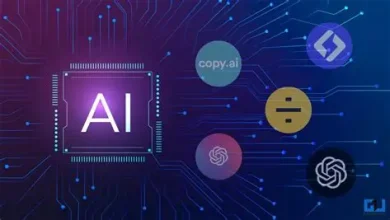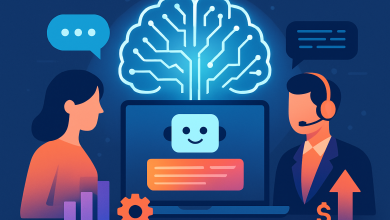
When companies make “net zero” pledges, much of their climate focus is on what they can see and measure: how much energy they use, how much fuel they burn, and how many greenhouse gases their operations and facilities emit.
Those emissions — what are known as Scope 1 and 2 emissions — are the most visible ones. But the biggest emissions category for many companies is the hardest to see.
Scope 3 emissions are all the other non-direct emissions — the greenhouse gas pollution generated by activities operated by other organizations on the company’s behalf — emissions from a company’s supply chain, vendors travelling on its behalf, and all the way down the line to the use and disposal of products and materials. For many companies, Scope 3 emissions represent at least 70% of the total emissions of the organization. And this is the category of emissions that climate action leaders identify as the most difficult to measure and reduce.
Why Scope 3 Is So Hard to Pin Down
The thing that makes Scope 3 emissions so tough to quantify is one of control. Scope 3 doesn’t cover just the gases produced by your facilities, but those that emerge from thousands of partners, each using different measurement systems, data formats, and levels of data disclosure. Keeping tabs on emissions from suppliers from around the world, shipping partners, and consumer usage patterns isn’t just hard — it’s mind-boggling.
Most conventional reporting channels can’t handle this level of complexity. The typical methods are periodic surveys, third-party guesstimates, or static emissions coefficients, none of which change with climate policy and market dynamics. As a result, direct emissions statistics are mostly measured in estimates and are littered with gaps in transparency, sabotaging both comprehension and accountability.
How AI Is Transforming Carbon Data
This is how AI is starting to change the game for Scope 3 emissions. By working through fragmented, massive amounts of data, AI can pierce the noise and create more accurate, flexible emissions models.
By using AI to pull carbon-relevant data from different company systems (purchasing software, supply chain operations, supplier contracts, etc.) rather than just manual reporting, companies can see a much clearer trend in their emissions, catch exceptions, and make informed estimates in cases where primary data is not readily available.
This isn’t just a technical change, it’s a philosophical one. Companies that gain carbon intelligence through AI can see their emissions in real-time, allowing for far more adaptability and subject-specific responses.
Predictive Insights for Smarter Planning
One of the most powerful applications of AI in this space is for predictive modeling. Scope 3 emissions don’t just describe historical impacts — they’re also an indication of where future risks lie. By modeling how supplier rotations, shipping lanes, and inputs into a product will affect the environment, companies can make adjustments before an alternative solution is implemented as a new standard.
This approach of looking forward differs from the sustainability reports that are generated today, which come months behind what’s already happened. AI can help decision-makers understand which options can lead to the least amount of greenhouse gas emissions, and also plan for a more sustainable future.
Collaboration and Transparency in the Supply Chain
To properly manage your Scope 3 initiatives, it’s not enough to build; you have to connect. Unfortunately for many companies, this might mean they bite off more than they can chew. It doesn’t have to be this way. With AI tools, companies can much more easily engage their suppliers. Rather than just asking their suppliers to provide them with a rough estimate of their company’s emissions, they can provide a structured tool interface and dashboard to help them measure and improve their emissions.
This enables a shared accountability for the process that is far more effective than an audit and verify approach. When suppliers gain access to the same data-driven insights as the companies they work with, progress becomes more consistent and measurable across the board.
A Role for Intelligent Platforms
The ascent of intelligent sustainability platforms is indicative of the broader trend and shift in direction. Companies can now leverage Scope 3 emissions tracking platforms, such as Scope 3 analytics tools, that utilize a combination of AI, machine learning, and validated data to help companies set their value chain emissions goals, measure and evaluate supplier performance, and identify areas for making improvements.
Platforms are effectively operationalizing sustainability outside traditionally subordinate corporate social responsibility divisions. They provide an additional layer of assurance and provenance. This is increasingly relevant as companies confront oversight from regulators and scrutiny from stakeholders skeptical of unsubstantiated emissions claims.
The Regulatory Clock Is Ticking
Governments are no longer leaving it up to the market to decide whether to voluntarily gather Scope 3 emissions data. The EU Corporate Sustainability Reporting Directive (CSRD) is already broadening the scope of mandatory emissions reporting, with the US SEC proposal soon to follow, requiring public companies to report Scope 3 emissions data as material.
Those that put off building their emissions intelligence systems will struggle to comply with the broadening mandatory emissions reporting requirements. Those that take the lead and use AI to do so will have a jumpstart on compliance and on their track record for positioning as sustainability champions.
AI Isn’t a Silver Bullet — But It’s a Strong Start
Let’s not forget that AI isn’t without its challenges. It’s only as good as the data it’s fed, and requires well-trained models, ongoing maintenance, and transparency in how data is fed and output is delivered. It also has an environmental footprint to maintain and be mindful of, just like any other digital solution.
But AI’s benefits to Scope 3 are real: smarter and faster decision-making, insight into invisible emissions, and a stepping stone to the burst of corporate sustainability solutions beyond just reporting.
From Burden to Opportunity
Scope 3 emissions were once a liability. Many companies dismissed them as too far beyond the possible for meaningful engagement. As AI-powered accounting technology develops, that absolution no longer holds. AI closes the gap between what companies know and what they can do about it.
The impact of that is more than just information. Because in the era of responsibility that follows the era of emissions, AI won’t simply be artificial. It will be necessary.




